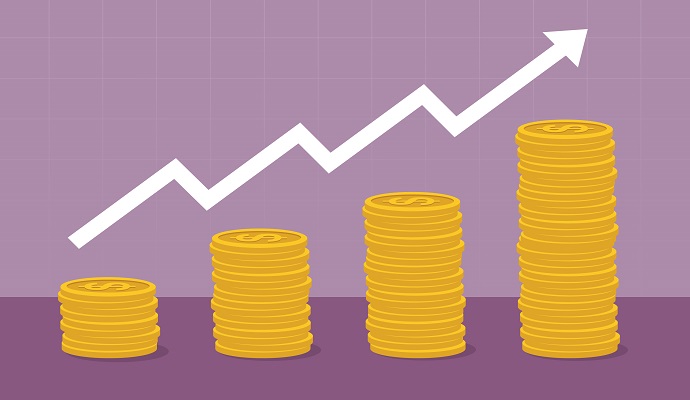Most Group Practices Received Positive MIPS Scores For 2020 Payments
Despite stricter score thresholds, most group practices received positive MIPS scores in 2018 which led to increased 2020 payment rates.

Source: Getty Images
- The majority of group practices that participated in Medicare’s Merit-Based Incentive Program System (MIPS) in 2018 received exceptional or positive performance scores for 2020 payment adjustments in, despite stricter score thresholds.
CMS monitors provider performance in four categories to determine if they will receive an increase or decrease to their Medicare payment rates. Around 900,000 clinicians received MIPS payment adjustments in 2020, based on their performance in 2018. Nearly 80 percent of the clinicians were part of group practices, which have different MIPS standards from individual practices.
Payment adjustment evaluation in 2019 was flexible, with a score threshold that was relatively easy for groups to meet. Most of the groups received exceptional performance scores and could avoid penalties just by reporting data.
The MIPS payment adjustment rules became stricter in 2020. Researchers from the University of Washington and the University of Pennsylvania analyzed 17,201 group practices that represented 700,706 clinicians. They looked at the group practice scores from 2018 and the payment adjustments that followed in 2020 to determine how they fared following the stricter threshold.
Researchers looked at several group practice characteristics including patient healthcare spending, education level, income, and housing costs.
Groups who received a composite performance score lower than 15 were considered negative, a score of 15 was neutral, between 15 and 70 was positive, and exceptional scores were 70 or higher.
More than half of the group practices (66.2 percent) received exceptional performance scores, and just over one-third (33.3 percent) received positive scores. Only 0.1 percent of practices received neutral scores and 70 practices out of 17,201 received a negative performance score (0.5 percent).
The average MIPS score was 76 and the median was 89, the study noted.
Most of the group practices were located in urban areas and served college-educated individuals who did not struggle with housing costs. Most of the practices also housed more than one specialty.
The group practices that received exceptional performance scores had larger patient populations compared to the negative performers. The exceptional performers were also smaller practices and had lower rates of dual-eligible patients and Black patients, compared to the practices that received positive scores.
The study results revealed that the stricter score threshold for payment adjustments enacted in 2020 did not impact the number of group practices that received exceptional scores. Practice characteristics were a bigger influence on performance scores, researchers noted.
They suggested that policymakers should modify performance thresholds again to reduce the number of group practices that receive exceptional scores. If all providers receive positive scores, then it takes away the purpose and impact MIPS is meant to have, they said.
A separate study from JAMA Network Open revealed that high MIPS scores were not necessarily associated with improved patient outcomes, even though that is the main goal of MIPS participation.
CMS plans to increase the MIPS performance threshold from 60 to 75 points in the calendar year 2022, as stated in the 2022 Physician Fee Schedule proposed rule.
The scholars also stated that policymakers should consider the different practice characteristics that influence scores and make the scoring evaluation more equitable.
A recent report from the Government Accountability Office (GAO) echoed this sentiment, with some providers noting that some quality measures that influence performance scores are not common among all specialties and practices. Some practices may report measures that will increase their scores, putting other practices that do not perform that measure at a disadvantage.
